For the past few months, Athena Calderone, an interior designer, stylist, chef, and author of Eye Swoon, has been camping out in a small apartment in her Brooklyn brownstone while it’s under renovation. “When I temporarily moved into a vacant apartment in my just-purchased brownstone, the existing bathroom was in bad shape, with a scuzzy, powder-blue stained tub,” she says. “I know I sound like a prima donna, but I could not imagine using the space on a daily basis.”
“Enter the obsessive, problem-solving side of my personality. I knew that you could reglaze a worn bathtub, but I didn’t realized you could reglaze ceramic tiles and flooring as well. I took a shot in the dark and Googled ‘bath refinishing’ and came up with Supreme Bath in Brooklyn, who came to my house and reglazed the entire bathroom in one day—tub, floor, and wall tiles—all for $800.”
How does tub and tile reglazing (also known as resurfacing work)? First, the tile is cleaned to remove dirts, oils, grease, and soap residue. Then, any chips or cracks are repaired and the surfaces are prepped with an acid etching, which creates a porous surface. After the prep work is complete, a surface primer is applied, followed by a top coat.
Photography by Sarah Elliott; see more at Eye Swoon.
The Refreshed Bathroom





Before

For another genius (and low-cost) remodeling project, see Kitchen Upgrade: The Low-Cost DIY Black Backsplash. And to read about our own adventures in bathtub reglazing, see DIY: Refinishing the Bathtub in Time for the Holidays.
Finally, get more ideas on how to evaluate and choose the hardware items for your bathroom in our Remodeling 101 Guide: Bath Hardware.
N.B.: This post is an update; the original story ran on June 22, 2016.

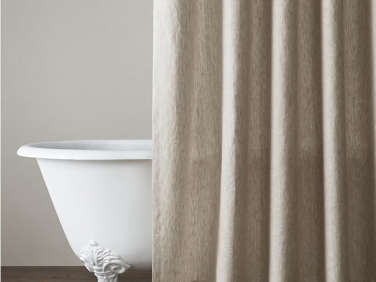
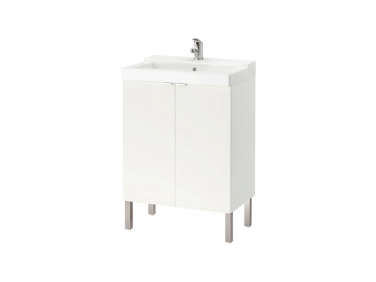
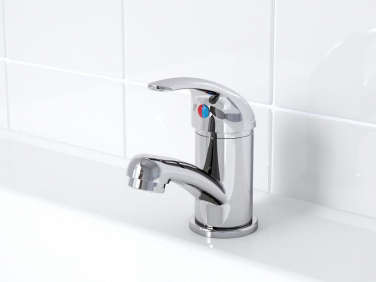


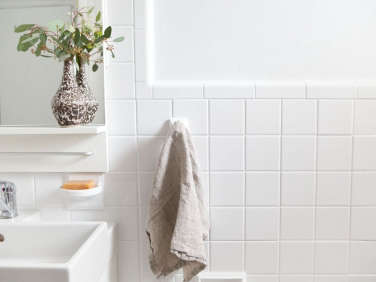

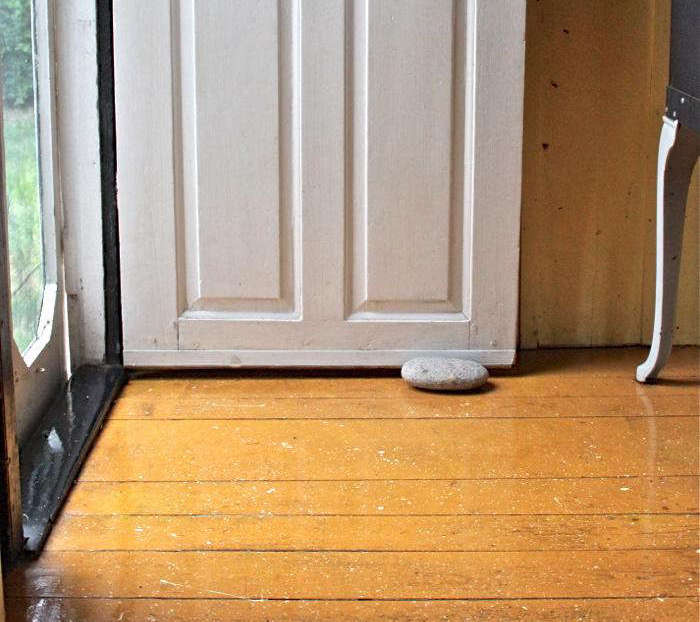
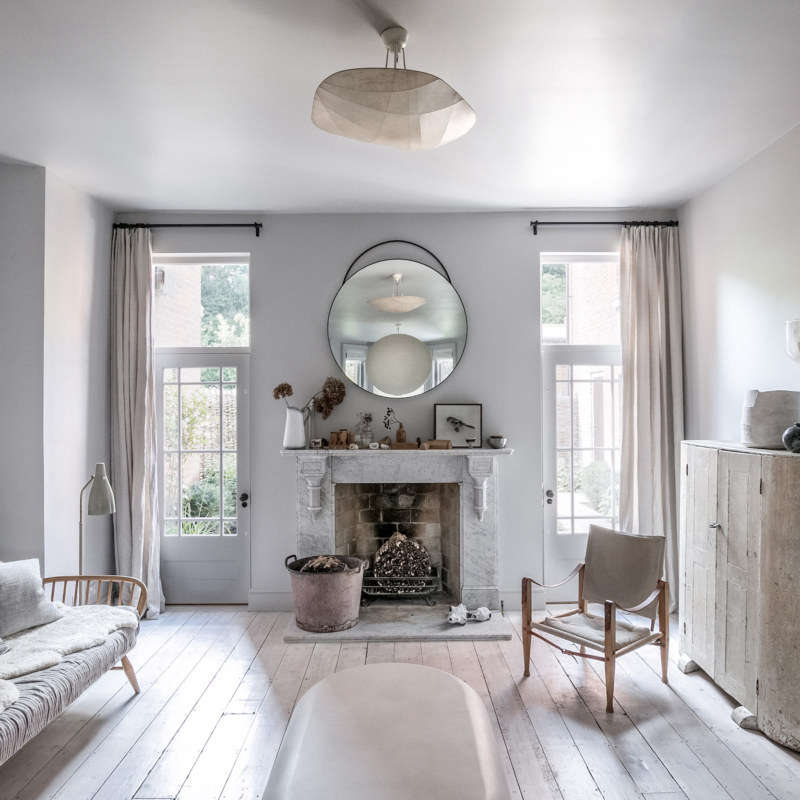
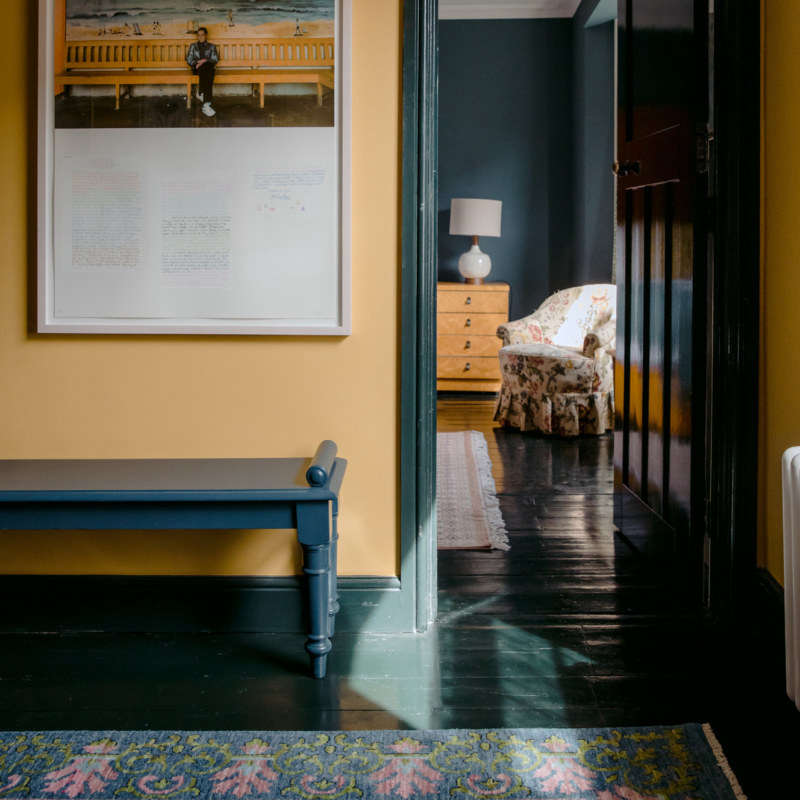

Have a Question or Comment About This Post?
Join the conversation (25)